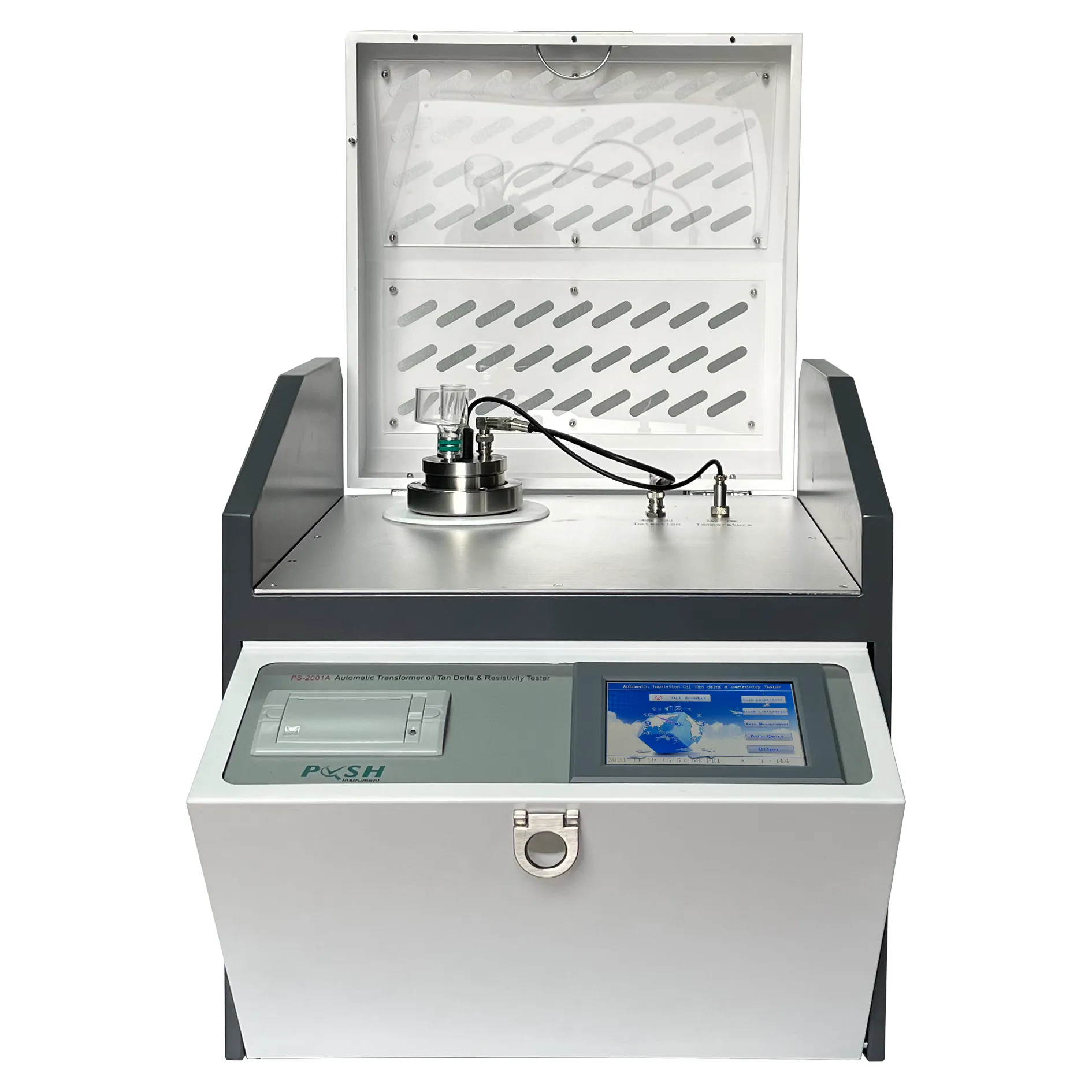 English
English


Comprehensive Guidelines for Testing and Commissioning of Power Transformers in Electrical Systems
Power Transformer Testing and Commissioning
Power transformers are essential components in electrical power systems, facilitating the transmission and distribution of electric energy at various voltage levels. Their reliability and efficiency are critical to the overall performance of the power grid. To ensure that power transformers function optimally, comprehensive testing and commissioning procedures must be carried out before they are put into service. This article explores the key aspects of power transformer testing and commissioning.
Importance of Testing
Transformers are subject to various stresses during operation, including thermal, electrical, and mechanical factors. Testing is crucial to identify any potential defects, ensure compliance with design specifications, and enhance the operational lifespan of the equipment. The testing process typically involves several stages, including factory testing, field testing, and specialized tests for specific conditions.
Factory Testing Before delivery, transformers undergo rigorous factory tests to check their performance and safety. These tests include insulation resistance tests, power factor tests, and short-circuit tests. These evaluations help manufacturers verify that the transformer meets the required standards and operating conditions.
Field Testing After installation at the site, further tests are conducted to verify the integrity of the transformer under actual operating conditions. Field testing includes insulation resistance tests, transformer turns ratio (TTR) tests, and sweep frequency response analysis (SFRA). These tests assess the transformer's condition, ensuring there are no installation-related issues such as poor connections or mechanical faults.
Specialized Testing In addition to standard tests, transformers may require specialized assessments such as dissolved gas analysis (DGA) and partial discharge measurement. DGA is crucial for assessing the health of the insulation system, while partial discharge testing helps to identify insulation defects before they lead to catastrophic failures.
Commissioning Process
power transformer testing and commissioning

The commissioning process is a critical phase that involves a systematic approach to verifying that the power transformer has been correctly installed and is ready for operation
. This process not only entails the various tests mentioned above but also includes verification of control systems and auxiliary components.Verification of Connections This step involves checking all electrical connections, ensuring that they conform to the required standards and that there are no loose or faulty connections that can lead to operational failures.
Protection System Testing The transformer’s protection system, which safeguards the equipment against faults such as overloads or short circuits, must be thoroughly tested. This includes testing relay settings, evaluating trip times, and ensuring proper coordination with downstream protection devices.
Functional Testing Once all connections and protective measures have been verified, functional testing is performed. This involves energizing the transformer and monitoring its performance under normal operating conditions. Parameters such as voltage levels, load responses, and temperature readings are closely monitored to confirm that the transformer operates within specified limits.
Final Steps and Documentation
After successful testing and commissioning, it is crucial to document the entire process comprehensively. Detailed records of all tests performed, including results and any remedial actions taken, provide essential information for future maintenance and troubleshooting.
In conclusion, the testing and commissioning of power transformers are vital processes that ensure the reliability and safety of electrical power systems. By rigorously assessing the transformers through factory and field tests, verifying installations, and conducting functional checks, utilities can be confident in the performance of their transformers, ultimately contributing to a more dependable and efficient power grid. Proper documentation of these activities further strengthens the framework for effective maintenance and operational excellence.
-
Differences between open cup flash point tester and closed cup flash point testerNewsOct.31,2024
-
The Reliable Load Tap ChangerNewsOct.23,2024
-
The Essential Guide to Hipot TestersNewsOct.23,2024
-
The Digital Insulation TesterNewsOct.23,2024
-
The Best Earth Loop Impedance Tester for SaleNewsOct.23,2024
-
Tan Delta Tester--The Essential Tool for Electrical Insulation TestingNewsOct.23,2024





